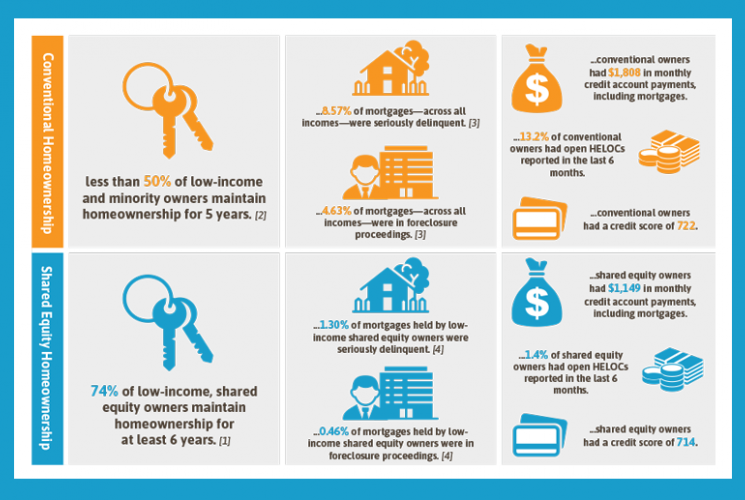Exploring How Some Nonprofits Make Mortgage Loans: A Unique Approach to Homeownership
Homeownership is a significant milestone for many individuals and families, providing stability, financial security, and a sense of belonging however, for some people, the dream of owning a home can seem out of reach due to financial barriers and in recent years, certain nonprofits have emerged with a unique approach to addressing this issue: some nonprofits make mortgage loans. In this article, Simleite will explore how these nonprofits are making a difference by providing mortgage loans to individuals and families who may not qualify for traditional bank loans. We will delve into the benefits, challenges, and impact of this unique approach to homeownership.
Exploring How Some Nonprofits Make Mortgage Loans: A Unique Approach to Homeownership

I. Understanding some nonprofits make mortgage loans lending space:
Before we dive into some nonprofits make mortgage loans the specifics of how nonprofits make mortgage loans, it is essential to understand the role and purpose of nonprofits in the housing sector.
- Nonprofits in Housing: some nonprofits make mortgage loans organizations dedicated to housing often work towards providing affordable housing opportunities, assisting low-income individuals and families in accessing safe and stable homes. These organizations typically operate with a mission to address housing inequality and promote community development.
- The Need for Mortgage Loans: While nonprofits have traditionally focused on providing affordable rental housing, there is a growing recognition some nonprofits make mortgage loans that homeownership plays a critical role in creating wealth and stability for individuals and communities. However, many low-income individuals and families face barriers to securing traditional mortgage loans, such as stringent eligibility criteria, high down payment requirements, and limited credit history.
II. The Unique Approach of Nonprofits Making Mortgage Loans:
Nonprofits that make some nonprofits make mortgage loans take a distinctive approach to address the challenges faced by low-income individuals and families in accessing homeownership.
- Flexible Eligibility Criteria: Nonprofits often have more flexible eligibility criteria compared to traditional lenders. They may consider some nonprofits make mortgage loans factors beyond credit scores and income levels, such as an individual’s commitment to homeownership, stability in employment, and participation in homebuyer education programs.
- Down Payment Assistance: Some nonprofits make mortgage loans may provide down payment assistance, reducing the financial burden on homebuyers. This assistance can come in the form of grants, forgivable loans, or low-interest loans that do not require immediate repayment.
- Affordable Interest Rates: Nonprofits may offer mortgage loans with more favorable interest rates, making homeownership more affordable for low-income individuals. These rates are often subsidized by the nonprofit’s funding sources or government programs.
III. Benefits of Nonprofit Mortgage Loans:
The approach of some nonprofits make mortgage loans making mortgage loans offers several benefits to both individuals and communities.
- Increased Access to Homeownership: Nonprofits bridge the gap for individuals who may not qualify for traditional mortgage loans, allowing them to achieve homeownership and the associated benefits of stability and wealth accumulation.
- Community Development: some nonprofits make mortgage loans focus on revitalizing and strengthening communities by promoting homeownership. As more individuals become homeowners, neighborhoods become more stable, fostering a sense of community pride and investment.
- Financial Education and Support: some nonprofits make mortgage loans often provide homebuyer education and counseling services, equipping individuals with the knowledge and tools necessary for successful homeownership. This support contributes to the long-term sustainability of homeownership.

IV. Challenges and Limitations:
While the approach of nonprofits making mortgage loans has significant advantages, there are also challenges and limitations that need to be considered.
- Limited Funding: some nonprofits make mortgage loans rely on various funding sources, such as grants, donations, and government programs, to sustain their mortgage lending programs. Limited funding can constrain the number of mortgage loans they can provide and the extent of their impact.
- Scalability: Scaling some nonprofits make mortgage loans mortgage lending programs to meet the ever-increasing demand for affordable homeownership can be a challenge. Limited resources and capacity may hinder the ability to expand services to a broader population.
- Risk Management: Nonprofits must carefully manage the risks associated with mortgage lending, including the potential for loan defaults and financial losses. Effective risk management strategies and partnerships with financial institutions are crucial to ensuring the long-term viability of nonprofit mortgage lending programs.
V. The Impact of Nonprofits Making Mortgage Loans:
The impact of nonprofits making mortgage loans extends beyond individual homeownership.
- Empowerment and Stability: By providing some nonprofits make mortgage loans, nonprofits empower individuals and families to take control of their housing situation, promoting stability, and improving overall quality of life.
- Neighborhood Revitalization: Increased homeownership through nonprofit mortgage loans contributes to the revitalization of neighborhoods. As more individuals and families become invested in their communities, there is a positive ripple effect on property values, crime rates, and community engagement.
- Breaking the Cycle of Poverty: Access to affordable homeownership can break the cycle of poverty by creating wealth and economic opportunities for low-income individuals and families. This, in turn, benefits future generations.

Conclusion:
Nonprofits making mortgage loans offer a unique approach to homeownership, addressing the barriers faced by low-income individuals and families. By providing some nonprofits make mortgage loans flexible eligibility criteria, down payment assistance, and affordable interest rates, these nonprofits empower individuals to achieve their dreams of homeownership. The impact extends beyond individual households, fostering community development and breaking the cycle of poverty.
While the challenges of limited funding, scalability, and risk management exist, the benefits and positive impact of nonprofit mortgage loans cannot be overlooked. As these organizations continue to innovate and collaborate with financial institutions and government programs, they have the potential to make a significant difference in increasing access to affordable homeownership and creating stronger, more vibrant communities.